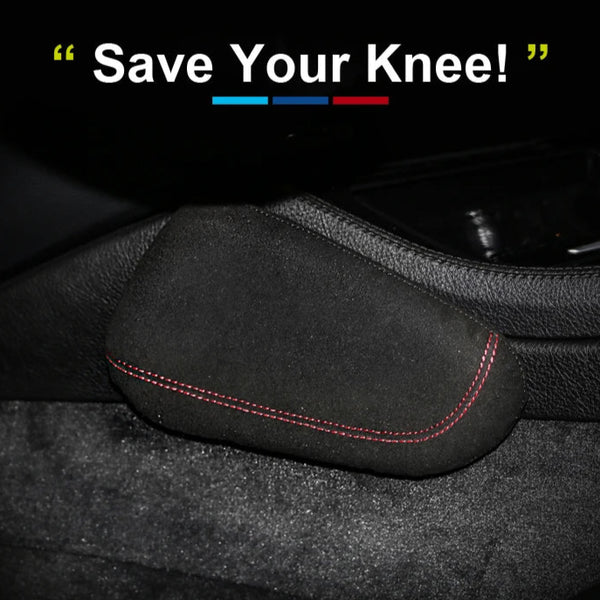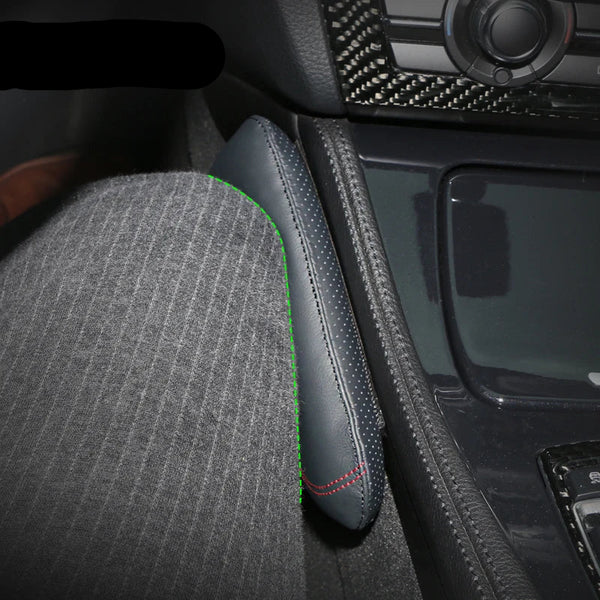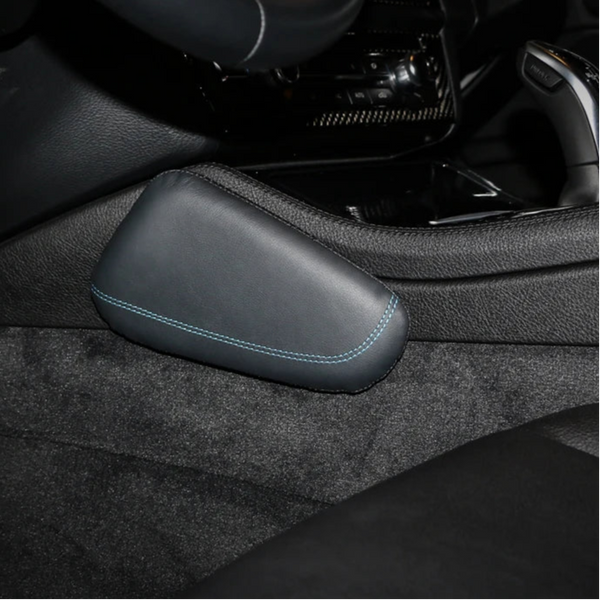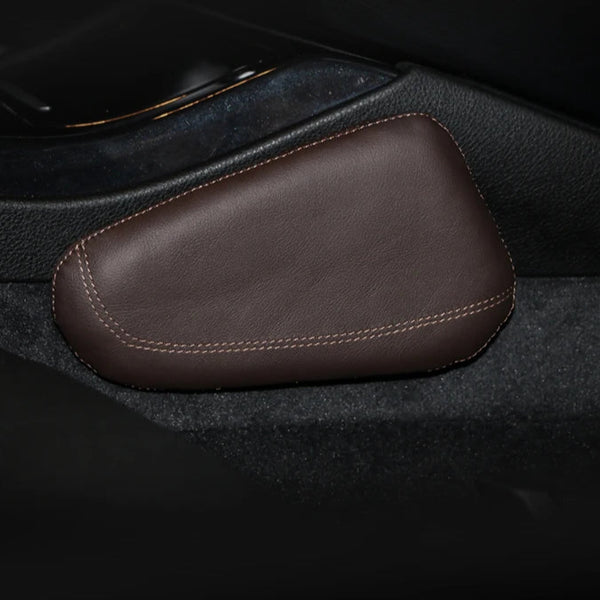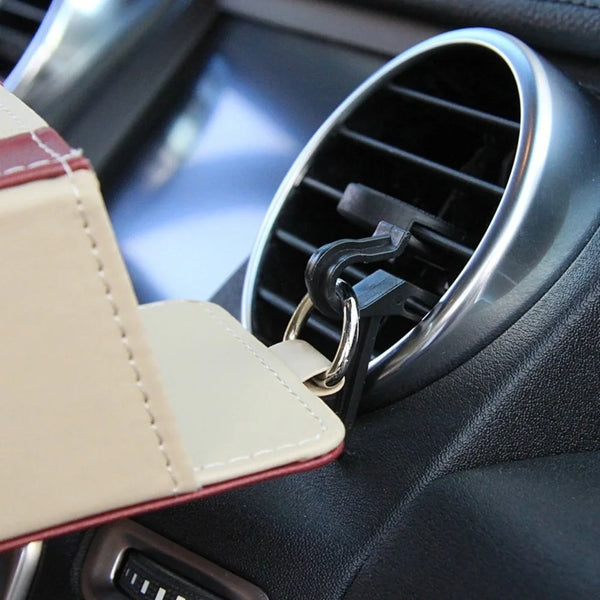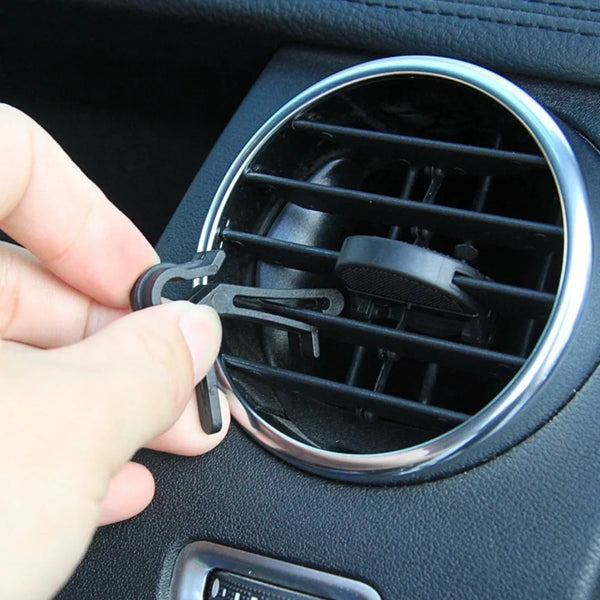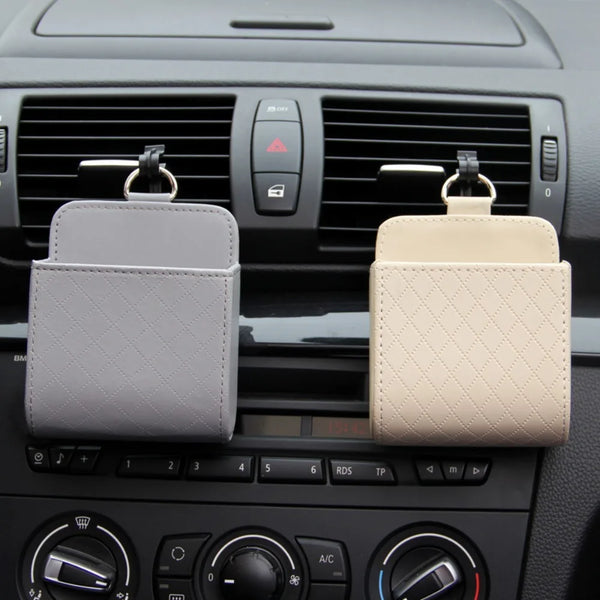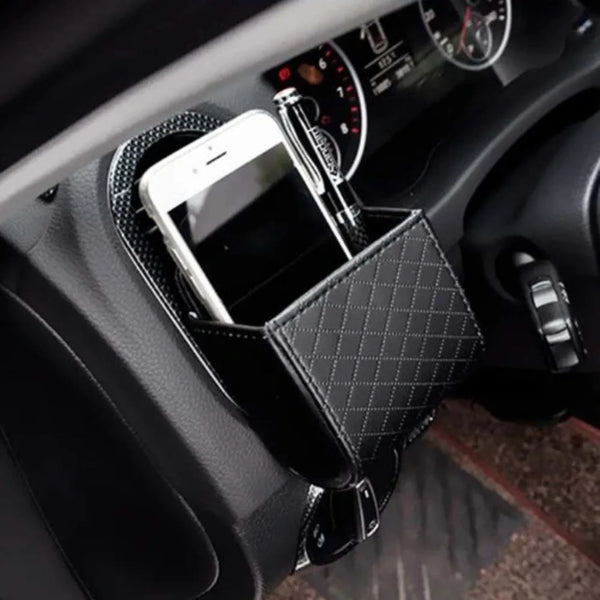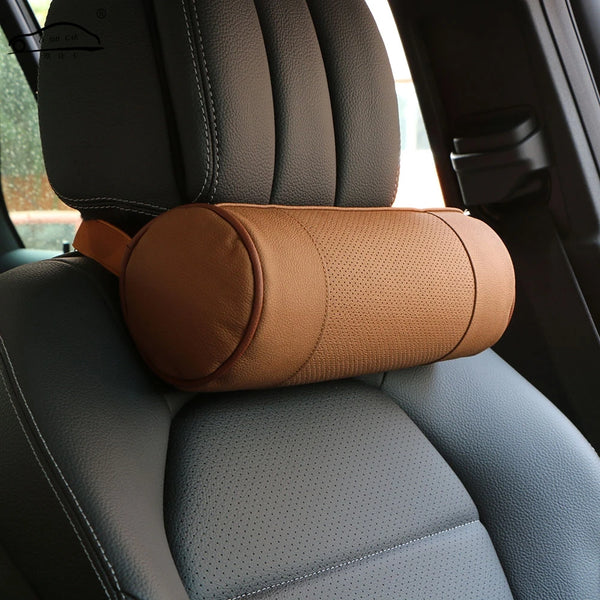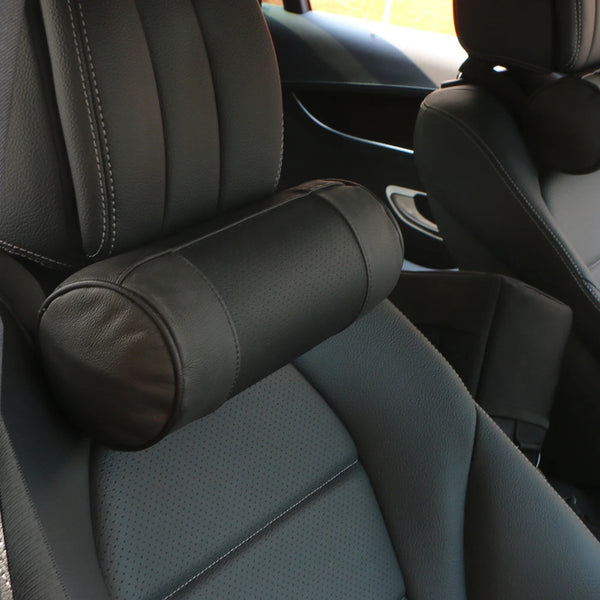Before the hum of engines and the glow of dashboards, transportation was powered by something far simpler: human legs. The story of how we got from walking to autonomous vehicles is one of invention, ambition, and the relentless pursuit of freedom.
👣 The First Step: Human and Animal Power
The earliest form of transportation was walking. As early humans migrated, hunted, and explored, they relied solely on their feet. Eventually, they domesticated animals like horses, camels, and oxen, which revolutionized travel and trade. Carts and wagons pulled by animals became the backbone of ancient civilizations, enabling long-distance movement of goods and people (History of transport – Wikipedia).
⛵ Wheels and Waterways
Around 3500 BCE, the wheel was invented in Mesopotamia — a game-changer for land transport. Combined with animal power, wheeled vehicles allowed for more efficient travel. Meanwhile, boats and ships emerged as vital tools for exploration and commerce, especially in river-based societies like Egypt and Mesopotamia (History of transport – Wikipedia).
🔥 Steam Power and the Industrial Revolution
By the 18th and 19th centuries, steam engines transformed transportation. Trains and steamboats could move massive loads across continents and oceans. The idea of mechanized travel took root — and the groundwork for the automobile was laid (History of transport – Wikipedia).
🚗 The Birth of the Automobile
In the late 1800s, inventors like Karl Benz and Gottlieb Daimler introduced the first gasoline-powered vehicles. Benz’s 1885 Motorwagen is widely considered the first true automobile. By the early 1900s, Henry Ford revolutionized the industry with the Model T and the assembly line, making cars affordable and accessible (The Evolution of the Automobile: From Pioneers to Modern Innovations).
🛣️ The Rise of Car Culture
Throughout the 20th century, cars evolved rapidly. From muscle cars and luxury sedans to compact hatchbacks and SUVs, the automobile became a symbol of freedom, identity, and status. Highways expanded, suburbs grew, and driving became a daily ritual. Innovations like automatic transmissions, power steering, and air conditioning made driving easier and more comfortable (Car History Timeline: From 3-Wheeled Buggies to Self-Driving Vehicles).
📱 The Digital Shift
In the 2000s, cars began integrating digital technology. GPS navigation, Bluetooth connectivity, and infotainment systems transformed the driving experience. Electric vehicles (EVs) like the Tesla Model S challenged the dominance of gasoline, while hybrids offered a bridge between old and new (The Remarkable Journey of the Automobile: From Horse-Drawn Carts to Self-Driving Cars).
🤖 What’s Next: Autonomous and Connected Vehicles
Today, we’re entering the era of self-driving cars. Companies like Waymo, Tesla, and GM are developing vehicles that can navigate without human input. Meanwhile, connected cars communicate with each other and with infrastructure to improve safety and efficiency. The future promises cleaner energy, smarter roads, and a reimagined relationship between humans and machines (Automobile – Invention, Evolution, Impact | Britannica).
---
At RideWithChuck, we honor this journey — from footsteps to futuristic fleets. Driving isn’t just about getting from point A to B. It’s about culture, connection, and evolution. Whether you’re rocking a classic or riding electric, you’re part of a legacy that keeps moving forward.
Ride Smart. Enjoy the Road.
And stay tuned — because what’s coming next will change everything.



